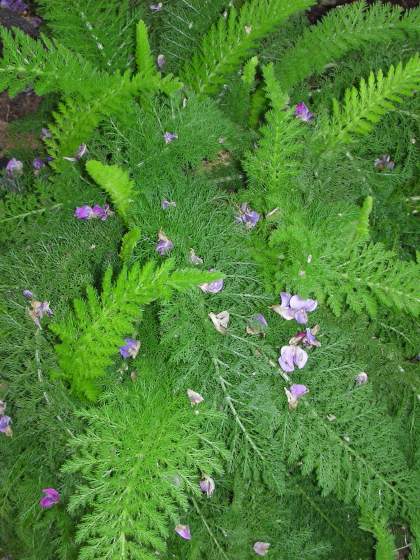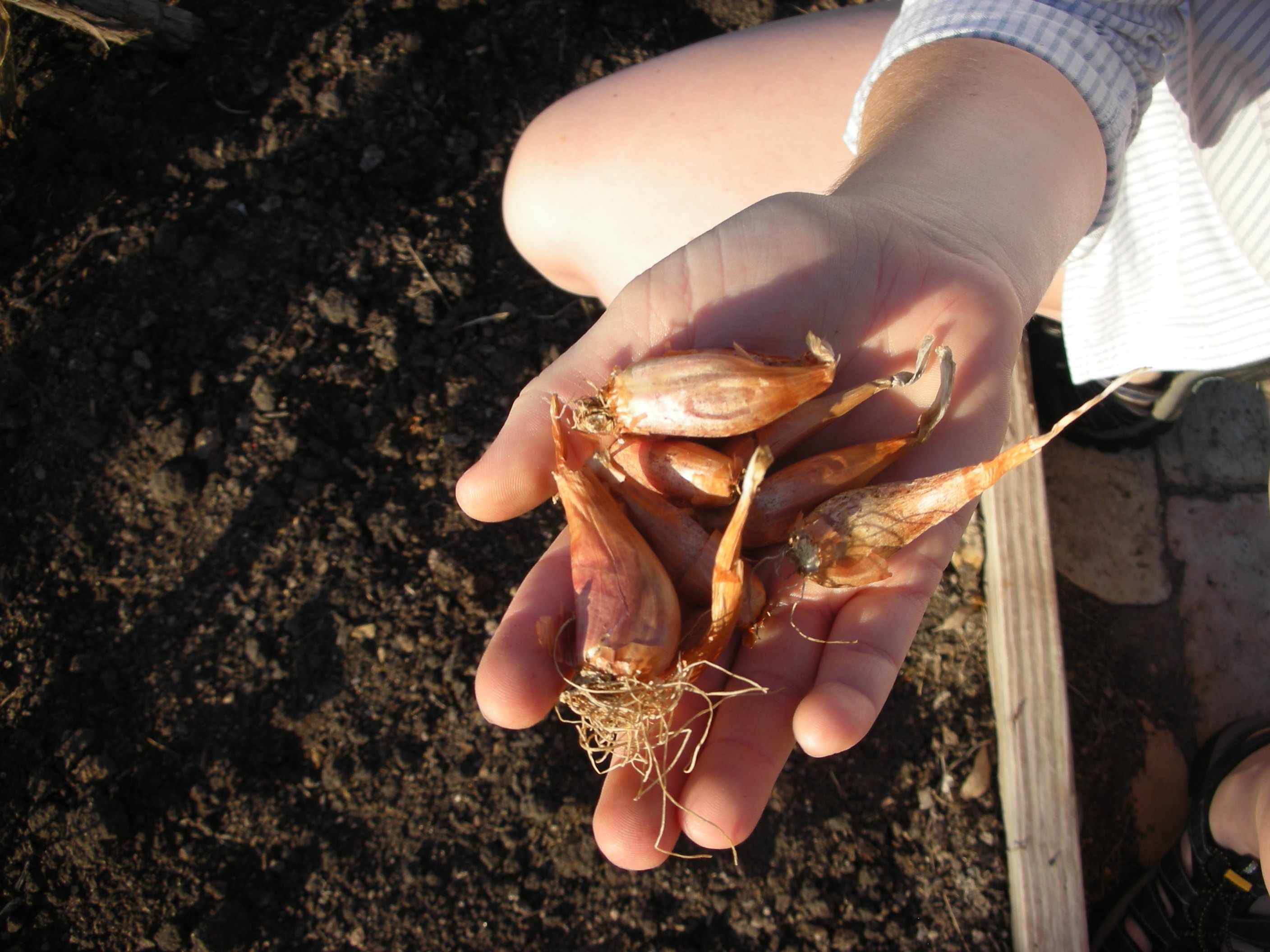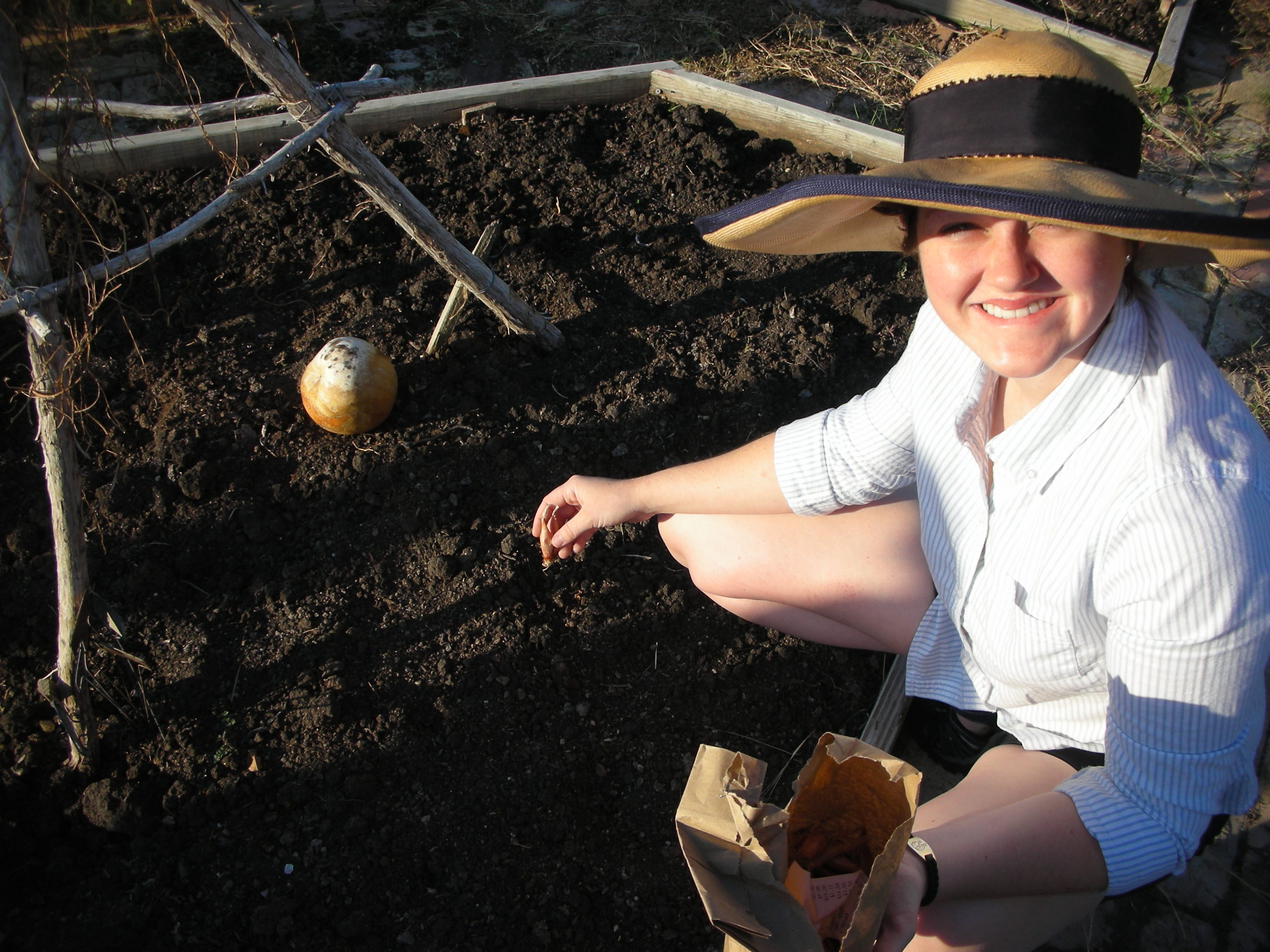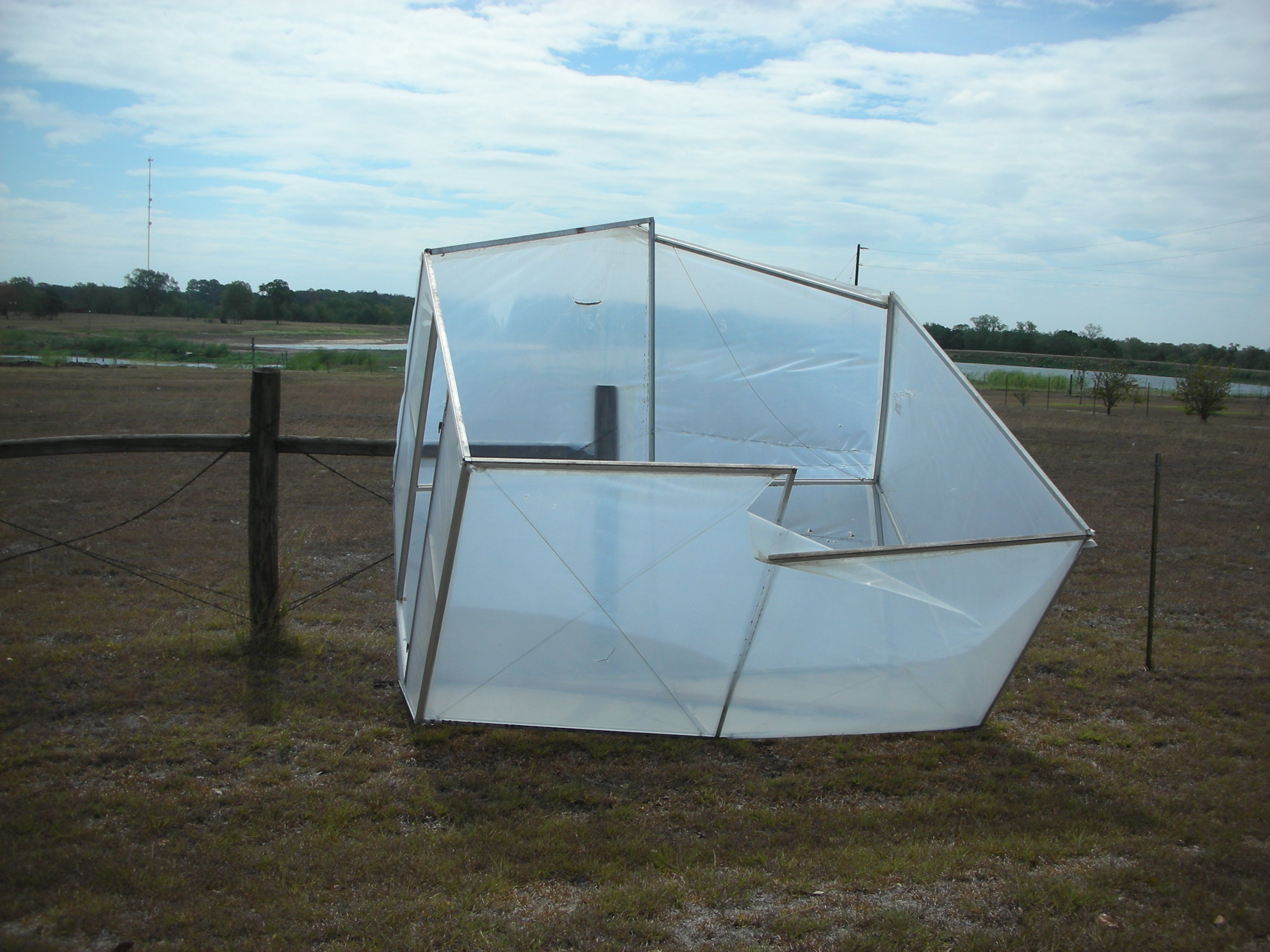The drought has really done a number on my yard. In order to have something more than mud and dry weeds in the yard this fall and winter, I have decided to seed rye grass. Now I have never put out rye grass before. So, I decided to consult an expert before I went out and spent a whole lot of money and then wasted it by doing the job wrong. My buddy, Morgan McBride, has worked in the green industry his entire life. For over twenty years, he has designed, installed and maintained landscapes all over the DFW Metroplex. Since he is an expert in turf management (and he would talk to me for free) I decided to ask him the proper way to seed rye grass.
The Basics- Rye grass (genus Lolium), is a cool season annual grass commonly used for lawns, livestock food, green cropping and erosion. There are also perennial species out there but the term “perennial” is a little misleading. In Texas, the perennial species will only come back in areas of medium to heavy shade.

Morgan recommends using a perennial rye blend. It costs a little more but it will generally give you a more even coverage. Photo by Morgan McBride
When seeding your lawn you need to be aware of which type of rye you are going to use. The cheapest rye grass seed are the single variety annual types. This type of seed is sold in your nursery or big box for around $20 per 50 lb bag. The annual type works fine but it does not germinate as well as the perennial types. Because of this you will need to seed at a higher rate. Also, the varieties most commonly sold in our part of the world are VERY fast growers. So, if you don’t mind mowing every three or four days, then the single variety annual type will be fine.

Rye grass (genus Lolium), is a cool season annual grass commonly used for lawns, livestock food, green cropping and erosion control. Photo by Morgan McBride
If you want to get the best coverage possible, you will probably be better served by purchasing a perennial blend. These blends typically contain three varieties of perennial rye. While the price is usually around $60 per 50 lb bag, you can seed at a lower rate. Also, with three varieties, you greatly increase your chances of getting an even germination over the entire lawn. With three verities you will get one that will do well in sun and one that will do well in the shade.
When to apply – When Morgan was doing turf management he always had September 15 circled as the date to start spreading rye. However, climate change has taken away the certainty of that Sept. 15 date. For your rye grass to prosper, it needs the days and nights to be at least 20 degrees different in temperature. This year, it is now almost the middle of October and we are still barely getting that 20 degree spread. Also, while the rye will germinate when the day/night temperature spread is 20 degrees, it will not really “take off” until that temperature spread is 30 degrees. Using this knowledge you can select a date that is best in your area to spread your seeds.

For your rye grass to prosper, it needs the days and nights to be at least 20 degrees different in temperature. Photos by Morgan McBride
Preparation – Before spreading your rye grass you need to do two things. First, rye needs to come in contact with the soil. To increase your seeds’ chances of survival you will need to mow your grass very close to the ground. If you have a thick St Augustine lawn you will need to scalp it. Also, germinating rye grass cannot tolerate drought of any kind. To increase your germination rate your soil needs to be thoroughly moist. Since the drought has been so bad this year, Morgan recommends watering deeply for one to two weeks before spreading your seed.
Application – Once you have purchased your seed, get out your spreader. If you buy the perennial blend you are going to want to set it to apply about 10 lbs per 1000 sq ‘. So, your 50 lb bag will cover about 5000 sq’. For best coverage, Morgan recommends setting the spreader to put out about half the recommended rate and seeding twice in different directions. The Heritage Ranch Turf News Blog has a great post about this including pictures. Please check it out as well.
When using the single variety you will need to seed at a higher rate. Set your spreader to put out about 15 to 20 lbs per 1000 sq’. This higher rate is used to offset the generally lower germination rates of the single variety types.

Morgan spread rye grass on this bare spot in his backyard. Two weeks later the rye grass has covered the spot. Photo by Morgan McBride
Getting it established – Once you have spread your seed you will need to be very diligent in your watering routine for a couple of weeks. Rye grass needs an even moisture level for the most successful germination rates. If you have a sprinkler system this should be much easier for you. Set your sprinkler to do a short cycle in the morning, noon and afternoon. If you do not have a sprinkler system, and you cannot be home during the day, go to your local nursery or big box and buy a battery operated hose timer. This will be the best $20 you can spend for your rye.
When rye germinates it sends out a small, curved single root spike. This spike is called a hook. The hook must remain moist and in contact with the soil if it is going to have any chance of turning into grass. That is why frequent watering is required for the first two or three weeks.
Fertilization – Rye grass is often used as a cover crop for vegetable gardens because it is so high in nitrogen. Since rye is such a good sink for nitrogen it is a very good idea to feed your rye regularly with a high nitrogen fertilizer. While not as easy to find as it used to be, something like a 12-0-0 is a good choice. If you cannot find a pure nitrogen fertilizer, buy the one that has the highest N value you can find. Broadcast your fertilizer at the same rate as you applied the seed at least once a month; the more the better. The more nitrogen you put out the more attractive your grass will be. Highly fertilized rye will turn a deep blue green that is just as lovely as Kentucky Bluegrass.

Two weeks after planting the rye grass is firmly established. Over the next few the grass will begin to form clumps that will form a soft and solid green carpet. Photo by Morgan McBride
Mowing – If there is drawback to rye, it is the fact that you will have to mow your lawn all winter. However, if you don’t mind doing this there is a good chance that your winter lawn will look better than your summer lawn. Set your mower high and mow frequently. This will turn your lawn into a deep, soft carpet that is joy to both look at and run barefoot through.
Most of Central Texas got some much needed rain this past weekend. The temperatures are also expected to start dropping. So, according to Morgan, this week is the perfect time to spread your rye grass in central Texas. If you want a lush, green lawn this winter (and you are not under watering restrictions) head out to your favorite lawn supplier and get that rye now.



































